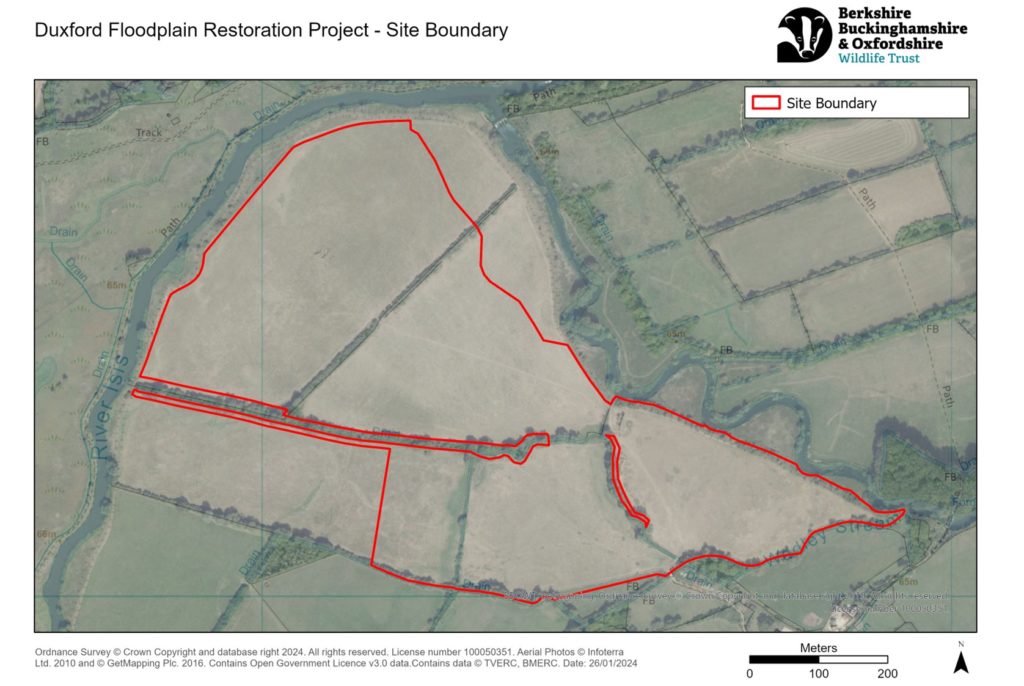Habitat Banks
Biodiversity net gain (BNG) in the planning system has created new opportunities for landowners to contribute to nature’s recovery, diversify income streams, and safeguard businesses. Land which currently is unused, unproductive, or generally unsuitable for other purposes could be turned into a habitat bank to yield new income for landowners.
Habitat Banks and BNG:
– Under BNG, developers wanting planning permission need to show that their proposal will deliver at least a 10% uplift in biodiversity value.
– It will not always be possible for developers to achieve this on-site, so there will be a demand for off-site solutions. The purchase of biodiversity units from a habitat bank is one such off-site solution, particularly where the developer has no additional land themselves.
– Habitat banks are areas of land where habitat creation or enhancement has achieved an uplift in biodiversity value. This uplift can be sold to developers and allocated to their proposal, to meet BNG requirements.
– To set up a habitat bank, landowners secure the creation and enhancements of habitats on their land through a legal agreement with the council (either directly or through a broker). Once agreed, the habitat bank must be registered with the national Biodiversity Gains Sites Register.
– Further detailed government guidance can be found here, and a process flowchart here.
The council wants to work proactively with landowners deliver habitat banks. The council has produced habitat bank guidance, which should be reviewed by landowners. An initial information pack will need be provided to the council for consideration in the first instance. Potential habitat banks will be reviewed by specialist officers using a standardised approach. Where the council are satisfied that the proposed habitat bank is appropriate and likely to succeed, proposals will be supported.
If you have land within the current network of Conservation Target Areas, or the developing Oxfordshire Local Nature Recovery Strategy, this is a bonus. Habitat banks located within these areas, proposing complementary habitats, will yield more biodiversity units and be prioritised by the council.
If you have land that you think would be suitable for a habitat bank, please review our habitat bank guidance, compile the relevant information, and get in touch:
Please Note: It is important to understand that agreeing to habitat banks is not a statutory requirement of the council. There is no framework that governs this discretionary process, unlike considering planning applications. As such, the council cannot be held to any specific deadlines or timings, process or decision-making protocol. The council will endeavour to deal with communications, submissions and proposals in a timely manner.
Case Study: Duxford Habitat Bank
In early 2024, the Vale of White Horse District Council worked with Berkshire, Buckinghamshire and Oxfordshire Wildlife Trust (BBOWT) to establish Oxfordshire’s first habitat bank.

BBOWT entered into a legal agreement with the council to secure the delivery of species rich grassland, scrub and floodplain wetlands over a period of 30 years. By entering into this legal agreement, the uplift in biodiversity generated on this site will enable BBOWT to sell biodiversity units on the BNG market.

The enhancement of habitats on this parcel of land will compliment and support the conservation objectives of the adjacent designates sites of Chimney Meadows Site of Special Scientific Interest (SSSI) and Shifford Chimney Meadows Local Wildlife Site (LWS).
BBOWT has additional detail of the Duxford Habitat Bank on their website: https://www.bbowt.org.uk/what-we-do/future-nature-wtc/biodiversity-net-gain/duxford-habitat-bank

